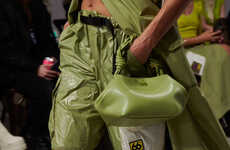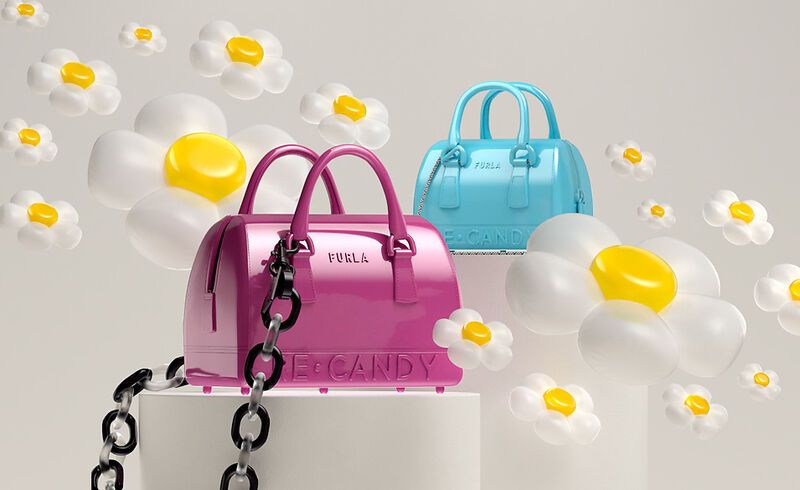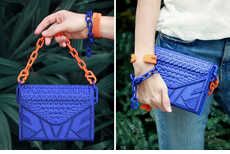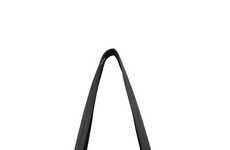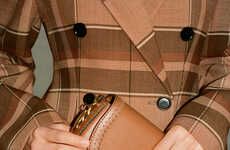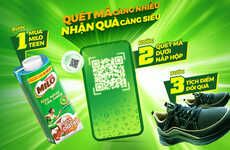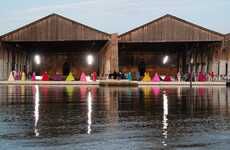
Furla's Re-Candy is a Sustainable Version of the Classic Candy Bag
Laura McQuarrie — September 30, 2021 — Eco
References: furla & designtaxi
For the 10th anniversary of its Candy bag, Furla unveiled the Re-Candy silhouette during Milan Fashion Week. This sustainable style is the first of its kind from the brand and it was made possible thanks to work with regenerative design firm Nativa and materials like recycled plastic. The eco-friendly Re-Candy can be found in bright hues like pink, purple, orange and lime.
Rather than relying mostly on ink, the bag uses embossed branding and labels printed on FSC-certified paper to share important details.
To keep a fresh sense of style, the shoulder straps of the bag (also crafted from recycled materials) cab be swapped out to achieve a different look. At the end of its usable life, the bag even has the potential to be fully recycled.
Rather than relying mostly on ink, the bag uses embossed branding and labels printed on FSC-certified paper to share important details.
To keep a fresh sense of style, the shoulder straps of the bag (also crafted from recycled materials) cab be swapped out to achieve a different look. At the end of its usable life, the bag even has the potential to be fully recycled.
Trend Themes
1. Sustainable Fashion - Fashion brands are exploring the use of recycled materials to create sustainable products, offering disruptive innovation opportunities for companies to create eco-friendly yet fashionable accessories
2. Circular Economy - The use of recycled materials in fashion represents a move towards a circular economy, creating disruptive innovation opportunities for companies to design products that can be recycled or upcycled at the end of their lifecycle
3. Modular Design - Modular design of fashion accessories, like Furla's Re-Candy, presents an opportunity for companies to create customizable and interchangeable products that can offer consumers more versatility and reduce waste.
Industry Implications
1. Fashion - Fashion brands like Furla are leading the way in sustainable fashion by incorporating recycled materials, presenting disruptive innovation opportunities for the industry to create more eco-friendly and sustainable products.
2. Circular Economy - The shift towards a circular economy in the fashion industry is creating opportunities for companies to rethink their supply chains and production processes, and design products that can be recycled or upcycled at the end of their lifecycle.
3. Sustainable Materials - The rise of sustainable materials, such as recycled plastic, is creating disruptive innovation opportunities for companies across industries to design products that are not only eco-friendly but also offer unique product features and benefits.
5.1
Score
Popularity
Activity
Freshness




